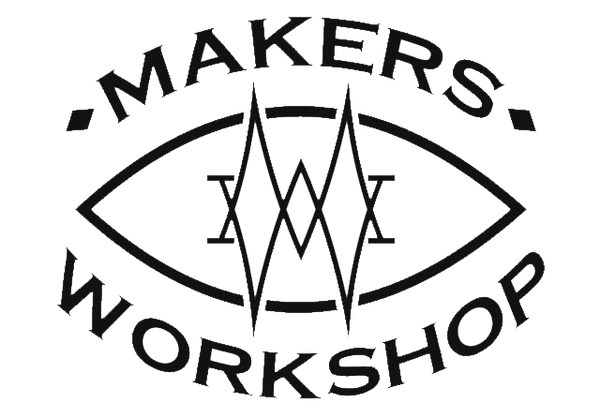Are you interested in creating intricate and detailed designs on various materials? Look no further than 3D carving with CNC routers. This cutting-edge technology allows you to bring your imagination to life with precision and accuracy. In this guide, we will explore the world of 3D carving and how CNC routers can revolutionize your creative process.
What is 3D carving?
3D carving is a technique that uses computer numerical control (CNC) routers to sculpt three-dimensional designs on different materials. Unlike traditional carving methods, which require manual labor and expertise, 3D carving automates the process, resulting in consistent and precise outcomes. With the help of specialized software, you can transform your digital designs into physical objects.
How does a CNC router work?
A CNC router is a computer-controlled cutting machine that utilizes a rotating cutting tool to remove material from a workpiece. The router moves along multiple axes, guided by the instructions from the software. By following a pre-determined path, the router can carve intricate patterns and shapes with incredible accuracy.
Materials suitable for 3D carving
One of the advantages of 3D carving with CNC routers is its versatility in working with various materials. Some common materials suitable for 3D carving include:
- Wood: CNC routers can create stunning wooden sculptures, furniture, and decorative items.
- Plastic: From prototypes to intricate plastic parts, CNC routers can handle a wide range of plastic materials.
- Acrylic: Create eye-catching signage, displays, and artwork with the transparency and durability of acrylic.
- Soft metals: CNC routers can also work with softer metals like aluminum and brass, opening up possibilities for jewelry making and metal art.
The benefits of 3D carving with CNC routers
There are numerous benefits to using CNC routers for 3D carving:
- Precision: CNC routers offer unparalleled precision, ensuring that your designs are executed with accuracy.
- Efficiency: With automation, you can save time and effort compared to traditional carving methods.
- Repeatability: Once you have programmed your design, you can reproduce it as many times as needed, maintaining consistency.
- Complexity: CNC routers can handle intricate and complex designs that would be challenging to achieve manually.
- Scalability: Whether you are creating a small prototype or a large-scale project, CNC routers can accommodate your needs.
Getting started with 3D carving
If you are ready to embark on your 3D carving journey, here are some steps to get you started:
- Design your 3D model using computer-aided design (CAD) software.
- Convert your design into machine-readable code using computer-aided manufacturing (CAM) software.
- Secure your material to the CNC router's work surface.
- Load the machine-readable code into the CNC router's control software.
- Initiate the carving process and monitor the progress.
- Once the carving is complete, remove the finished piece from the CNC router.
With practice and experimentation, you can unlock endless possibilities with 3D carving and CNC routers. Whether you are a hobbyist, an artist, or a professional, this technology can elevate your craftsmanship to new heights. Start exploring the world of 3D carving today and unleash your creativity!

